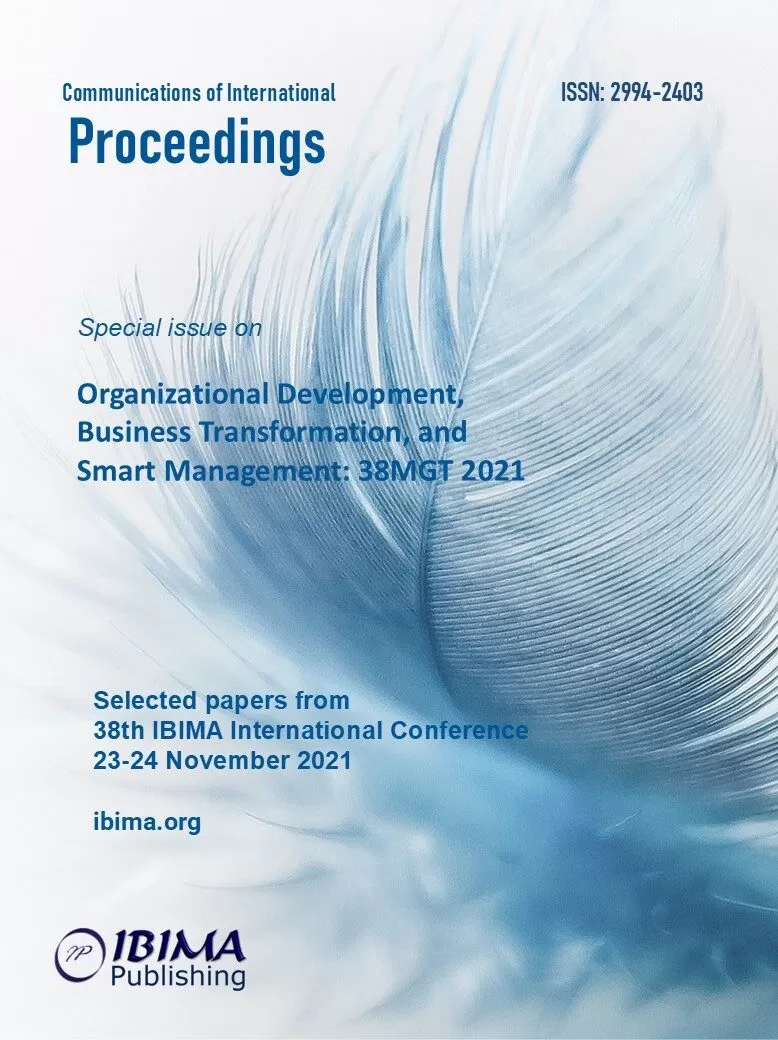
Jacek SITKO
Silesian Technical University, Poland

The iron and non ferrous industry is the largest producer of semi-finished and finished products in the world. The result of such a huge production is the generation of significant amounts of production waste in the form of, among others, blast furnace slag, steel converter slag and electric furnace slag, blast furnace gas and converter gas, blast furnace dust and steelmaking dust, dust from dedusting the pouring and casting halls, scale and scale mud. Slags account for the largest part, followed by scale and dust. Metallurgical waste in the EU is classified as thermal and hazardous waste.
An increasing amount of this waste is being recovered, but some of it is landfilled. The disposal of dusts arising from steel/steel production is one of the most important problems. Electric furnace dusts are one of the most troublesome products of metallurgical processes, they are difficult to store and transport, and they pose a serious ecological problem. The basic recommended method for the management of metallurgical dusts is their recycling, consisting of their reprocessing in metallurgical processes.
Not all metallurgical process dusts can be sent for management due to the content of harmful elements or substances that prevent their management, e.g. oils or emulsions. These wastes are landfilled and landfill sites must take into account the possible harmful effects of the waste on the environment.
The article introduces the characteristics of properties, environmental impact of waste generated in metallurgical production and an analysis of the possibility of its neutralisation.
To the hazardous wastes it includes: mineral hydraulic oils – intended for production machines, other oils – used for machines and devices,The second group of waste produced in smelters of greater harmfulness are: slags from smelting processes, slags from other processes. It is created in the process of smelting pig iron from iron ore in a blast furnace. It contains mainly CaO, SiO2, MgO and Al2O3 which constitute about 95% of its mass. It is used in the form of chipped, granulated, pumice and rock wool. Blast furnace slag is characterised by high fire resistance and good insulation properties. It has low density and absorbs water better than natural materials. Steelmaking slag (converter slag) is a product of melting pig iron into steel, among other things, in the converter process. It has a number of practical advantages, particularly useful in road construction. It is characterised by very high resistance to various mechanical impacts. It does not deform or crack, even under the pressure of heavy loads. Copper slag is a by-product of smelting copper from copper concentrate and possibly copper scrap in a fluidised, shaft or electrical process. It is poured onto heaps and after an appropriate period of crystallisation is processed into high quality road aggregate, which has been used for many years, both for roadbases and surface course.
Every attempt to manage this waste is valuable and in the interest of the environment.